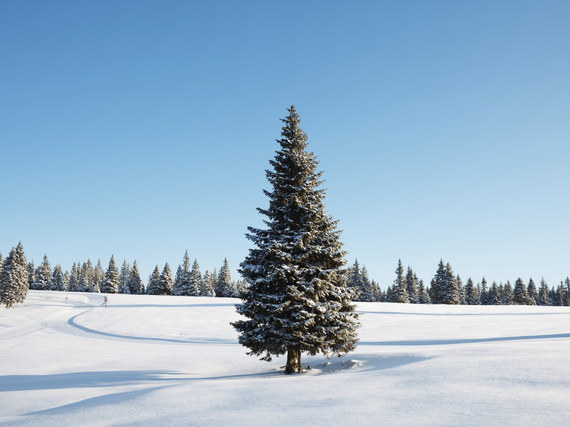By Lindsey Mather for Architectural Digest.
Before you go Christmas tree shopping, check out these five popular varieties that stand out from the crowd. No matter which type you end up with, make sure it's fresh when you're at the tree lot. A good test: Feel a branch to see if any needles fall off, a sign of dryness. And once you bring it home, be sure to follow our tips for keeping your tree healthy all season long.
For a Long-Lasting Look . . . Fraser firs hold needles well and stay fresh longer than most other Christmas tree species--you can keep one on display for up to six weeks, says Ricky Bates, professor of horticulture at Penn State University. Plus, the blue-green needles have a nice scent.
For a Traditional Christmas Tree Aroma . . . Choose a durable, dark-green balsam fir, which will stay fragrant all season long. If you like a more citrusy scent, concolor firs (also called white firs) are another option.
For a Full Figure . . . One of the most popular species in the U.S., a Douglas fir is typically packed with lots of small branches, each circled with needles that stick out in all directions. Ask a local Christmas tree farmer for a less sheared tree to ensure this dense look.
For an Unexpected Color . . . Switch it up and try a Colorado blue spruce. Its strong branches (great for heavy ornaments, says Bates) have beautiful silvery-blue needles.
For Great Texture . . . White pines have a soft, feathery look thanks to their long, thin needles. These trees have almost no smell, so they could be a good pick if you're bothered by strong pine scents.
More from Architectural Digest:
